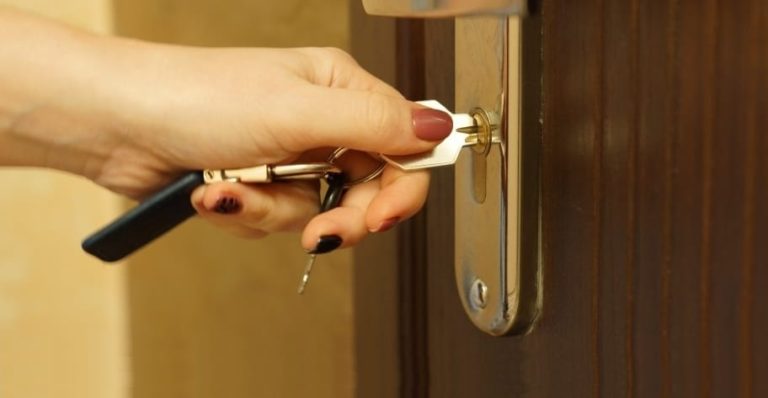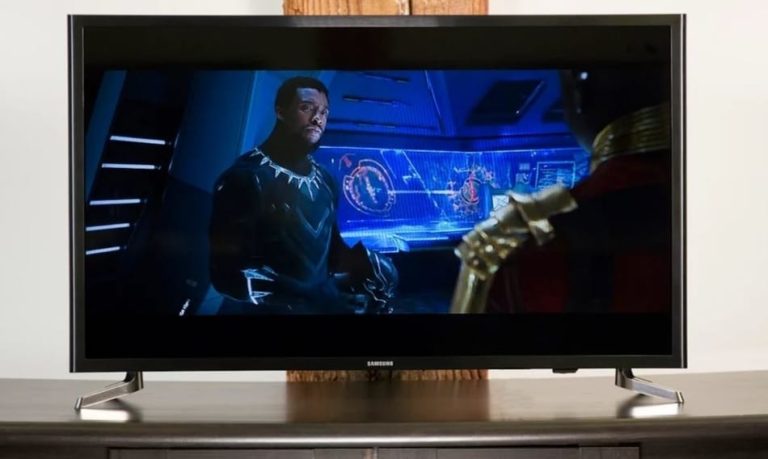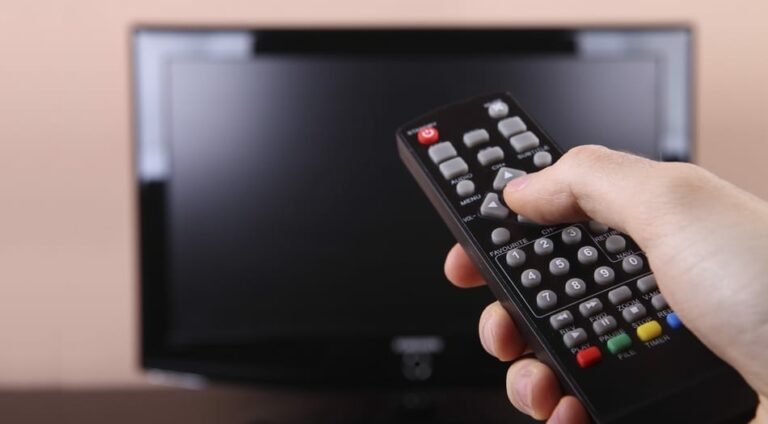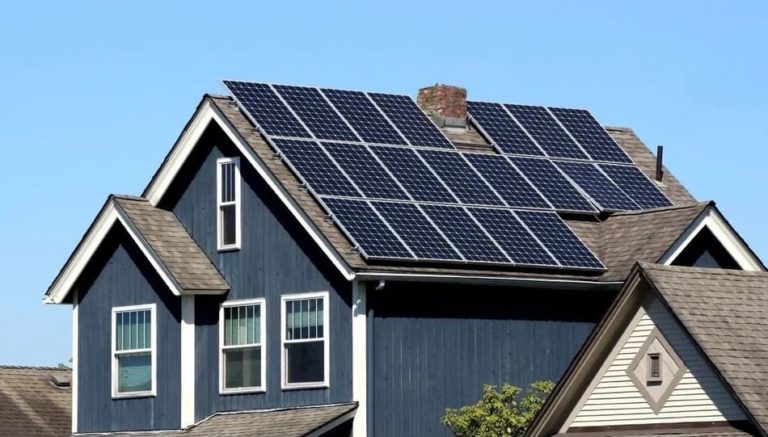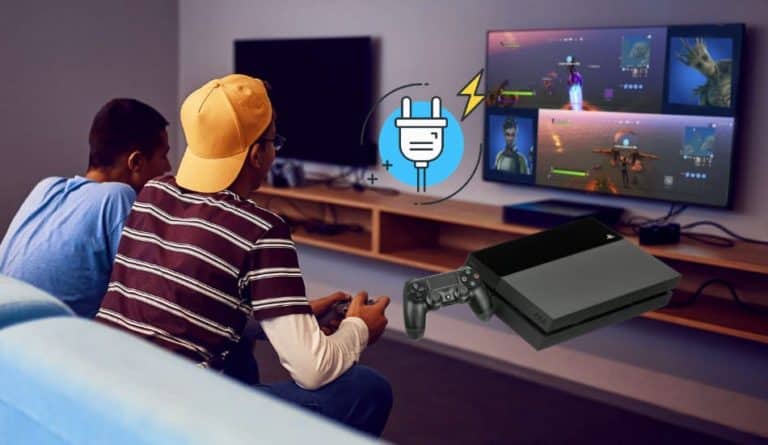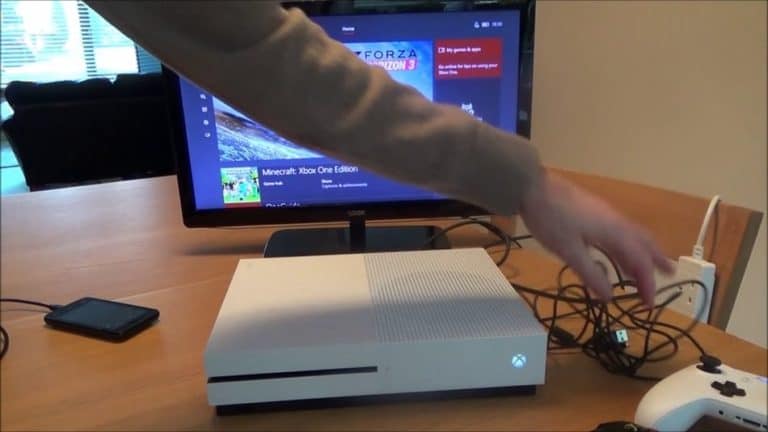Why My TV Won’t Connect to WiFi? Solution
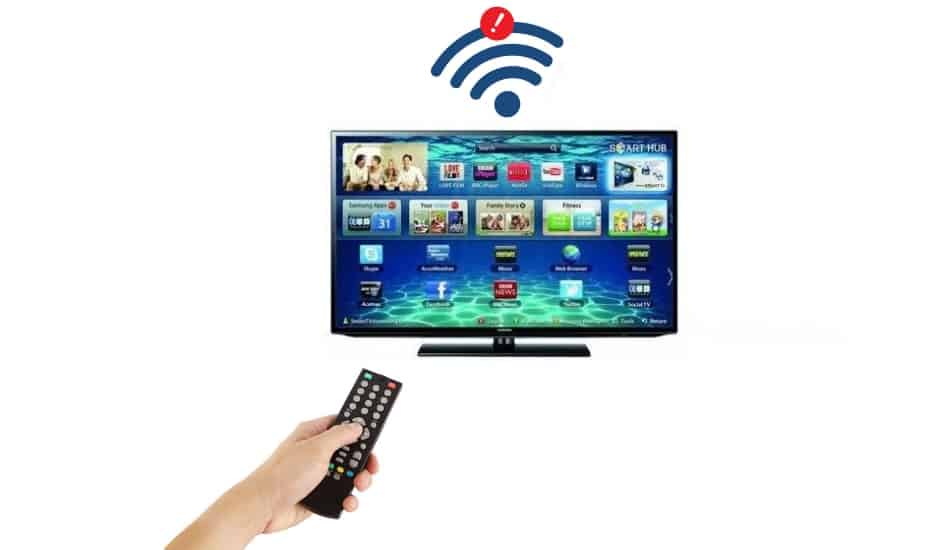
If you find yourself in a situation where your TV cannot connect to a WiFi network, you can do a few things. Smart TVs are modern, sleek, and stylish devices that use the Internet and provide viewers with endless films, TV shows, and other entertaining things in just a few clicks.
So, you can certainly understand how frustrating it can be if you don’t have Wi-Fi access. In this article, we’ll discuss how to connect your TV to WiFi and what you need to look for. So, let’s start.
Why My TV Won’t Connect to WiFi?
So Why Does My TV Won’t Connect to WiFi? Possible reasons why your TV won’t connect to WiFi can be multiple things. One of the most common reasons for this problem is that the internet does not work, you have connection buffering problems, the TV needs a firmware update, or you need to do a factory reset.
Almost all Smart TVs can connect to the internet via WiFi (or Ethernet) and operate on it like on a basic computer. Older TV models don’t have these features. Although this problem seems complex, a TV that won’t connect to a WiFi network can be an easy fix. There are simple steps that you can take to fix this problem.
> Get a New Smart TV by Clicking HERE on Amazon <
Fast Fix tips to connect TV to WiFi:
- Unplug all components, wait a minute or two, then plug it back on and try connecting to WiFi.
- Try to restore your TV to “Default settings,” then scan the WiFi network and re-enter your password.
Here are the 7 possible reasons why your TV won’t connect to WiFi:
| 1. Internet Does not Work |
| 2. Smart TV in The Correct Network Area |
| 3. Disable Guest Mode |
| 4. Connection Buffering |
| 5. Repairing Damage to the Integrated Wi-Fi Module |
| 6. Smart TV Firmware Update |
| 7. Factory Reset |
Below, we will go through all these 7 steps in detail and explain what you need to do to connect your smart TV to WiFi.
Related Article: Connecting Your Laptop to a TV via Wi-Fi
Check Your Internet Connection
This is usually the main reason you can’t connect to the internet. Therefore, always check other Internet-connected devices to ensure the problem is specific to the TV. If all mobile devices do not work, then the problem is that the network is not functioning, and you need to contact your Internet provider for relevant information.
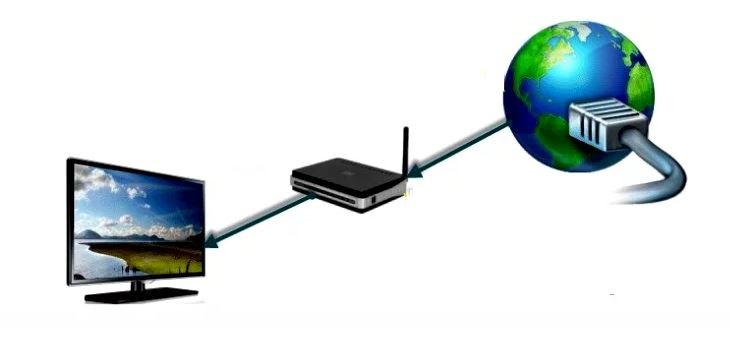
When the TV specifically isn’t working, the first attempt at troubleshooting is to restart the device. Some devices for television – Smart TVs have the ability to restart the TV from the settings menu:
- Put the device into standby mode using the remote control (RC).
- Turn off the TV from the wall outlet.
- Turn on the TV again using the remote control; such actions will discharge the remaining power in its circuit.
- Connect the TV back and turn it on using the remote control.
- Power off and reboot the router. The problem may be local to him since his location determines the signal.
To fix the problem of bad signal, they will try to move the router to the central part of the house. If this method does not work, consider using a range extender to identify the home’s weakest points.
Another reason a TV loses visible communication is due to signal interference. Many devices propagate their signals in the smart TV’s direction. These can be wireless video game controllers, home phones, baby monitors, and microwave ovens. They can actually degrade the ability of Smart TVs to communicate. One of the easiest ways to solve this problem is to place the router next to the TV.
Note! If there are many metal objects between the device and the wireless connection, be sure to remove them as they create persistent signal interference.
Unauthorized devices clutter up and slow down the Wi-Fi range. To prevent this from happening, it is required to change the security settings as soon as possible, especially if the network uses WEP or is open, which makes it easier for people to access Wi-Fi without user permission.
If you want to see some examples, watch this YouTube video:
Smart TV in The Correct Network Area
If the user uses WiFi for a smart connection, you must ensure the device has a connection to the correct network. If the subscriber lives in an apartment building, it is possible that the TV is just connected to the neighbor’s network by default. You must refer to the TV manual for navigating to the Wi-Fi setup screen and verify that it uses the same network name (SSID) as your laptop or mobile device.
The network settings for Smart TV can be found in the settings menu on the TV by selecting the correct network and connecting to it.

When connecting Smart TV – make sure that the device is authenticated. This means the TV needs to prove to the router that it has permission to access the user’s network, which is called authentication. To do this, open the TV’s Wi-Fi setup screen and examine its status description. If it contains the network name (SSID), but it says “Not connected” or something like that, they find the “Connect” button and study what is written on it.
The TV may ask the user for a password – this is the Pre-Shared Key (PSK) of the router. It is similar to the code that is entered on other mobile devices. If your router has a button on top, you can press it for a few seconds before selecting “Connect” on the TV to allow the TV to connect to the subscriber without a password. This operation is called a push-button connection.
Double-check Your WiFi Password
Keep in mind that secure WiFi networks require a password, and this security key is sensitive to upper and lower case characters.
Ensure that you’ve entered the correct password on your smart TV and that you’re connecting to the intended WiFi network. Occasionally, your smart TV might lose its connection to your WiFi. When it tries to reconnect, it might inadvertently attempt to connect to a different nearby network.
Disable Guest Mode
Some routers have a “guest mode” that allows devices to access the user’s network, but only in a locked mode, reducing the risk of hacking. However, this option itself may interfere with the automatic setting of the TV’s Internet connection, so if you need it to connect to a regular Wi-Fi connection, it is better to disable or reconfigure the mode.
Using guest mode on a router must support a dual SSID – a service set identifier and a unique name for the router. If you find yourself in a position where the wireless router is too far from your TV, it can be that your TV is not receiving any signal. Check this by going to the Smart TV setup screen and using the network scan function.
Connection Buffering
Streaming content to a TV can require a lot of bandwidth to stream well at high definition. Multiple devices using a given network simultaneously can increase bandwidth and cause buffering problems.
Depending on the type of internet connection and the capabilities of the ISP, users can often get slower transfer rates during peak hours, which also causes buffering failures. Upgrading a user’s internet plan with higher bandwidth may resolve errors related to network congestion.
Several factors can also cause WiFi signal failures:
- Distance from the router to the TV. If it is too large, the signal will be weak, and interruptions in streaming video will be frequent in the house, especially during peak hours. To avoid it is necessary to move the position of the TV or router closer to each other. If their positions cannot be changed, then a Wi-Fi extender would be a good option to extend the range of your wireless network.
- Installing the router close to any device that generates strong magnetic fields, such as a microwave oven, is not recommended. This will lead to signal dropout.
- If there are too many Wi-Fi-connected devices on the network, it can cause congestion problems. You need to limit the number of receivers or turn off those not used to free up bandwidth on the Wi-Fi network.
- If it is possible to run an Ethernet cable between the router and the TV, it is recommended. It will be a faster and more stable connection than Wi-Fi.
Repairing Damage to the Integrated Wi-Fi Module
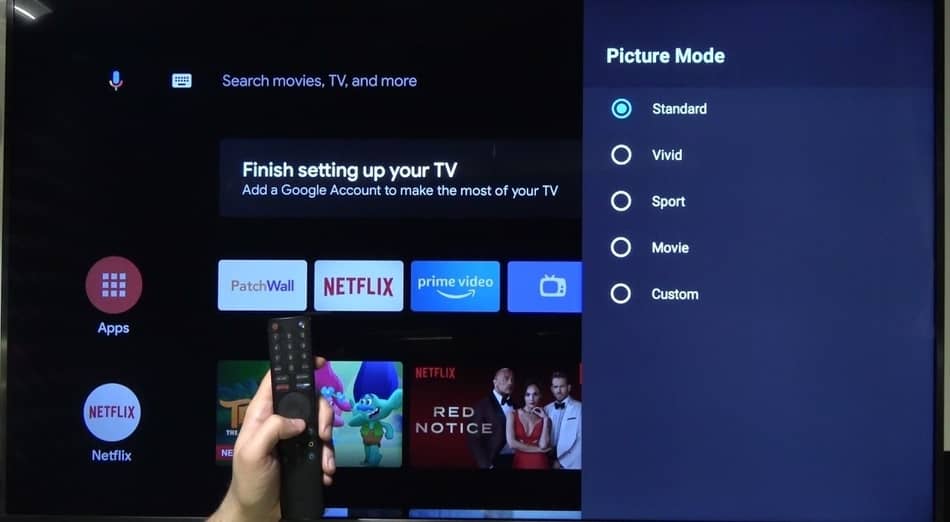
To recognize the probable root cause of a breakdown in the wireless modular Wi-Fi component, it is required to inspect the TV for its functionality. However, in advance, you will need to ensure that it can support the Wi-Fi interface.
If the manufacturer has not installed it, you must purchase an external adapter compatible with the required TV modification. Structurally, it is similar to a USB flash drive.
After that, they check the correct operation of the module, for example, for Samsung TVs:
- First, it is determined whether the TV network, along with other devices, is detected through the Wi-Fi interface. For such a task, a mobile phone connected to the wireless Internet is useful. The method will enable the subscriber to determine whether the module functions in this Samsung TV.
- Go to the main TV menu, select the “Support” option, then “Contact Samsung”.
- Next, you must go down, find the MAC in the line, and analyze the numbers. The Wi-Fi module is not operational when the information is represented by: “0” or similar characters.
- In the version of the functional Wi-Fi interface, the user has the ability to update the network Internet settings.
Method for resetting internet network options and replacing Samsung TV protocols:
- Turn off Smart TV.
- Enter the system menu by pressing the “Info / Menu / Mute / Power” buttons.
- After this composition, the program activates the service menu.
- Find the “Option” and “Enter” functions.
- Find the “Factory Reset” update mode and click it.
- Exit the setup menu by turning off the TV.
- Turn on the Smart TV again and perform the network setup, replacing the input for the network name and password.
- If, after the reset,, the Internet does not appear on the TV, they perform auxiliary operations.
- In the manual version, change the DNS data to “8.8.4.4” or “8.8.8.8.” You will need to turn off the DHCP on the rotor earlier.
- Set the transition time to the next channel to 100 ms instead of the default 600 ms via the “Control-Sub Option-RF Mute Time” function.
Smart TV Firmware Update
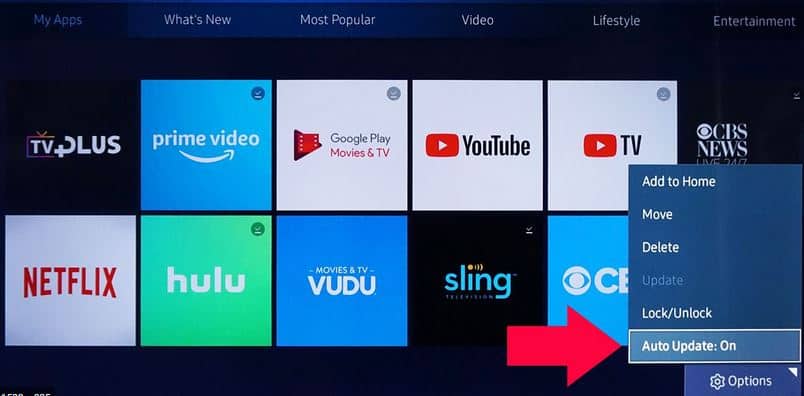
Installing system updates on time is necessary for the TV to function correctly. Otherwise, the most unusual problems will begin to appear. It is possible that the TV will not find the home network. The update algorithm differs depending on the smart TV manufacturer.
For Smart TV from LG, the update is carried out according to the following algorithm:
- Go to the official LG web page.
- In the “Search” column, enter the TV brand.
- Go to the “Support” page.
- Open the “Software” section.
- Download the most recent version of the system update program.
- Transfer the downloaded files to a highly specialized working folder.
- Copy the directory where the firmware files are located to the USB flash drive.
- Insert it into the USB connector of the Smart TV.
- The TV operating system will execute the program update request.
- Confirm and begin the installation of the software components.
Factory Reset
Restoring your Smart TV to factory defaults can fix Internet connection problems. The user performing this operation should be aware that this will delete any of his current settings, saved content, and registered accounts. Refer to the “Factory Settings” section of the “TV Troubleshooting Guide” for information on performing factory settings on the correct TV model.
If the user has followed all the steps mentioned above, and his Smart TV still loses connection, you should try to contact technical support. Most Smart TVs have telephone technical support for free. Therefore, manufacturers know all the problems associated with a custom Smart TV.
FAQ: People Also Ask
Why isn’t my Samsung TV connecting to WIFI?
Unplugging and then replugging your TV and router can often address connection problems. Start by carefully disconnecting the power cables from both devices. Allow them to remain unplugged for at least 30 seconds. After the brief wait, plug the power cables back into both the TV and router.
Why won’t my Android TV connect to wifi?
A simple power reset can often fix issues with your modem or router. If you use a standalone modem and router, reset both. First, disconnect the power from your modem or router and wait for approximately 60 seconds. After that, reconnect the power and ensure it’s switched on.
What is SSID In a Wi-Fi connection?
An SSID, or Service Set Identifier, is a unique string of characters used to name a Wi-Fi network. It’s commonly known as the network name.
Final Thoughts
Sometimes, to resolve a problem, you just need to be patient. Especially in cases where the TV is new; it has just been purchased and unpacked. You need to know that the new TV will independently configure all software updates: Netflix, Hulu, Pandora, and others installed by the TV manufacturer. The TV will not allow users to use any of its features during this update process.
Usually, the update process takes one minute to one hour, so if the TV is connected to the Internet and does not work, you just need to wait a while. I hope this article has helped you, and if you have any other questions, feel free to comment below.


